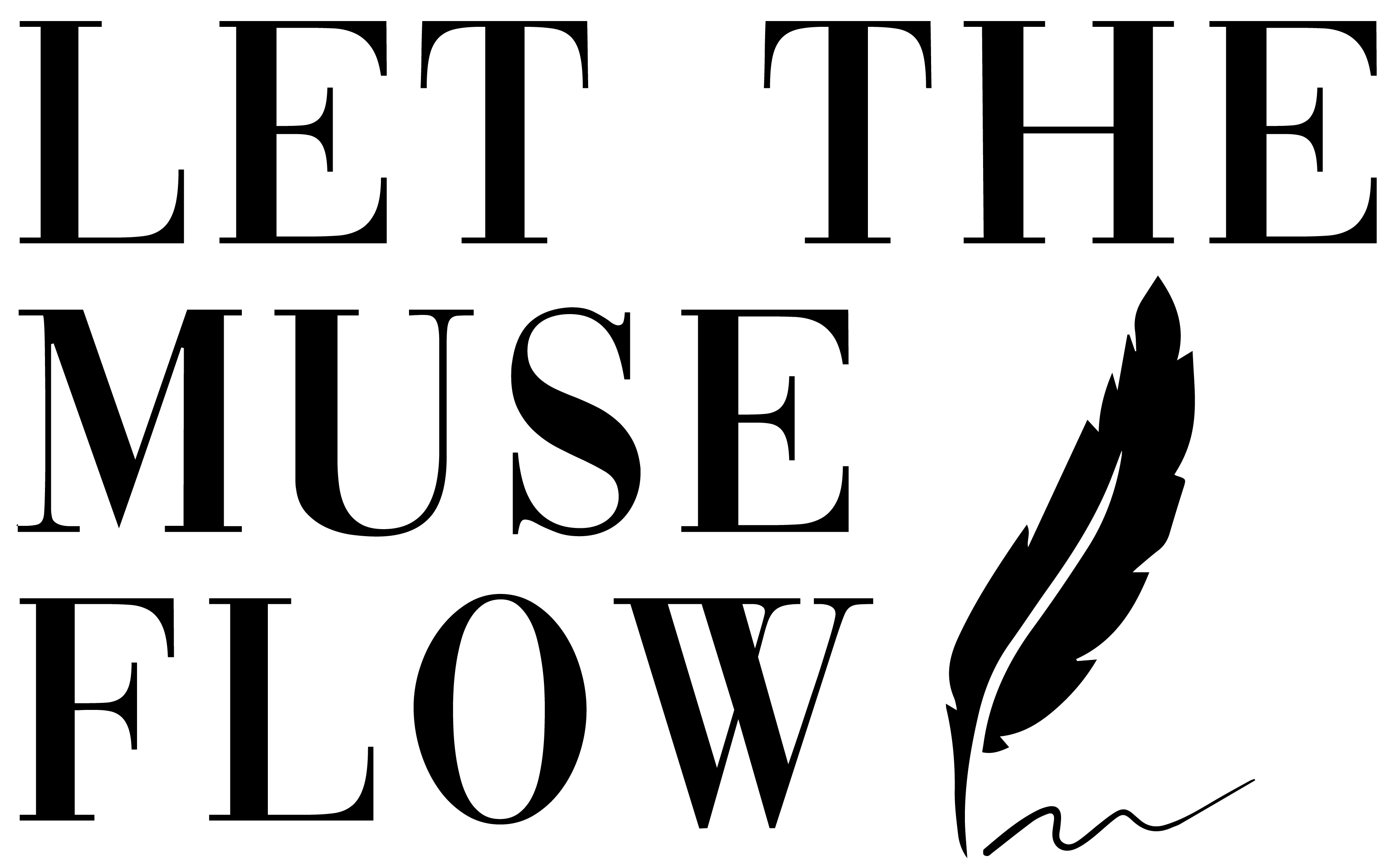
I will answer that for you: you must.
Wading through your twitter stream (especially), you’d notice a content pool flooding you with brilliant information – some repurposed (while still content rich); and some that is so fresh, just like that ideal Starbucks brewed cuppa aroma (cappuccino, I like). And you can experience the same with LinkedIn and other (your version of) content rich social channels, on a perfect Friday afternoon (if you are blessed with some ‘me’ time). Your piece of content is also somewhere in this stream, waiting to be read by someone relevant to your business or someone who could be potentially be aligned with your brand’s message.
So pacing up when it comes to writing contextually is the name of creating valuable, personalized and relevant content. Which leads me to ask you, are you present in your content creation journey where your readers are also present?
Is there a way you can analyze and monitor how can your content be acknowledged and consumed by your customers and audience in general?
Well there are some ways via which you can determine your personal brand is on the right path. And that is through conducting a content audit of your brand.
How?
- By closely studying your brand narrative that is spread across your areas of influence, it could be your social networks, your content assets, like your Web site, to a blog or an e-book, to even a paper book. Your audience’s built up opinion after an engagement with you – online and off – can help you decide what form of content narrative has worked with your audience in the past, arriving up till now.
- I have recommended Buzzsumo earlier in my posts as well, and it really works! Find out what is most liked and shared by audience and bring your version of the topic even better when it comes to audience relevance.
- Adhere to your personal brand’s manifesto: that outlines the brand guidelines and basic consistent brand tonality.
- Create content that communicates your brand’s key purpose of existence keeping the audience appropriateness in mind. As mentioned by Gerry McGovern here, your content should have ‘customer care’ words’: that speak the language of your audience, to your audience. Assess if your content has been audience-centric, instead of a fluffy series of gobbledygook.
- Study your content destination – is it giving your audience a call to action or moving them to do something because of your writing? Back it up with strong SEO to determine if your audience is able to find you through targeted keywords and phrases.
- While metrics gives meaning to the process, but analytics is powerful and effective: see what kind of content your audience engages with the most.
Your customer journey should be your content journey via always conducting a content audit to see if you two are in synergy or if your content has slipped through the cracks.
Learn and speak your audience’s language.
Do you conduct a content audit? How often?

